3 Free Tools (And One Low-Cost One) Small School Districts Should Consider to Manage Bus Fleets
We love talking with transportation staff at small school districts. Sometimes our calls with Transportation Directors get interrupted because of the many hats these Directors wear. A recent example: the Transportation Director had to end a call to start a troublesome lawnmower. At another district, we discussed routing plans that were represented on a lovely, big map on the wall with pins and strings.
These interesting scenarios, however, illustrate that small school district staff have to make do with small budgets, often outdated or hand-me-down technology.
At the same time, they are facing the same new fleet management pressures and expectations that bigger districts face.
New Pressures for Safety, Savings, and Service
On top of the usual safety concerns like improving emergency response times, getting spare buses to the scene of broken-down ones, and determining the location of a disabled bus, school districts are now feeling the pressure to also know who is on the bus in real-time.
This new pressure is driven not only by safety considerations, but by parents who are asking for better service and communication. Parents are also putting pressure on districts to improve the accuracy and communication of bus arrival and departure times. Finally, from a savings perspective, school districts now want to reduce idling times not only to save on fuel, but to avoid expensive idling fines that many States are now handing out.
Most Bus Fleet Management Tools are not Designed for Small Districts
To alleviate some of these new pressures, some small school districts are trying out the same tools that colleagues in bigger districts are using, but usually they find out that these tools are not the right fit. First of all, these products are often beyond the budgets for districts with small fleets. Second, they are not set-and-forget tools; they tend to be very powerful, complex and usually require dedicated resources to get value out of them. As a result, small districts often end up abandoning them as the staff just does not have the time to wear another hat. And finally, the vendors themselves have not shown a lot of interest in selling to and supporting small districts, and can’t offer economies of scale in their proposal pricing.
Are there some good alternatives between these powerful but expensive systems, and out of date pen and paper solutions? Yes!
3 Free Software Tools that Small Districts Should Consider…
Google Maps: Use this free and popular tool to locate your bus garage/depot, student addresses and school address location points. With this information Google will create a route with turn-by-turn directions that can be easily shared with your drivers and staff, and be easily accessible on computers, tablets, and phones. GoogleMaps will even suggest the quickest route given traffic loads and time of day. This tool will not, however, optimize the order of your pick-ups and drop-offs; that’s something you will need to do yourself by dragging and dropping the way-points in the destinations list. This makes Google Maps a good free tool for routes with a small number of stops, but it starts to get tedious when planning a route with many destinations.
MapQuest Route Planner has most of the same capabilities that Google Maps has, and additionally it can re-order the stops on your route to optimize time or distance. MapQuest Route Planner also has native Facebook-sharing capabilities for school districts that use Facebook to communicate with parents. The tool is not as intuitive or easy to use as Google Maps, but the added functionality may be worth it.
Google Drive Applications can be used to share spread-sheets, text documents, and forms. Transportation Request Forms can be shared with parents that your district will receive instantly, and that will be automatically added to a Google Sheet (Google’s equivalent to a Microsoft Excel spreadsheet). These sheets can be used to assign students to buses and stops, and shared with administration without the need for email or multiple Excel revisions; everyone will be viewing and editing the same document.
… and One Inexpensive Tool that Small Districts Could Consider Too
We have recently launched a number of fleet management solutions designed specifically for small school districts. Safe Fleet Path is affordable and easy to use, it does not require you to install any software, and it usually takes less than a week to implement.











